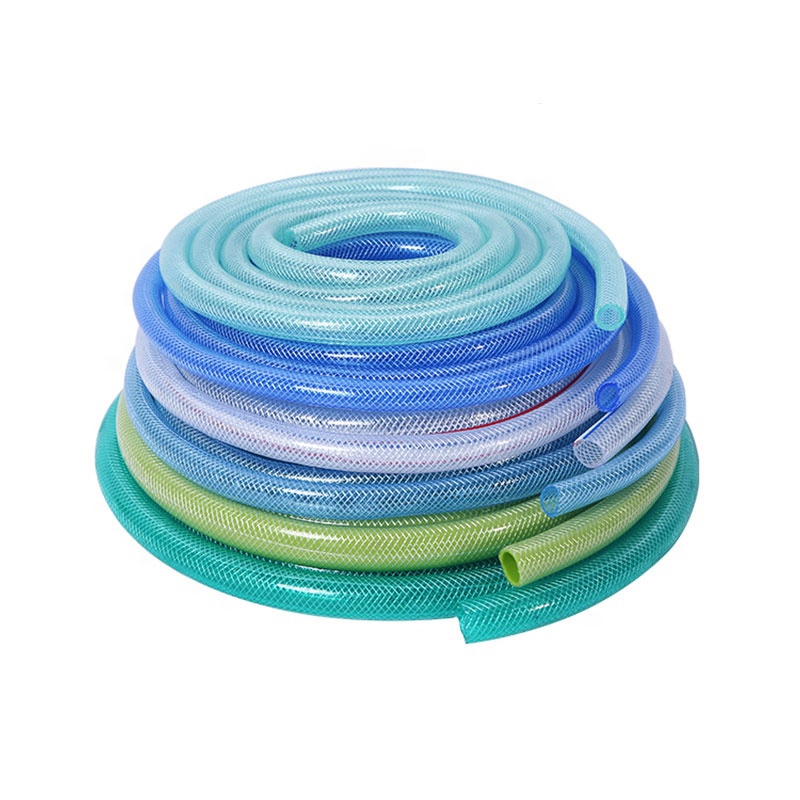Understanding the Key Differences among Pipes, Tubes, and Hoses in Industrial Applications
Understanding the Differences Between Pipe, Tube, and Hose
In various industries, understanding the differences between pipes, tubes, and hoses is crucial for ensuring the right materials are used for specific applications. While these terms are often used interchangeably in casual conversations, they refer to distinct products that serve different purposes in processes involving the transport of fluids, gases, and other materials. Here, we will delve into the definitions, key characteristics, and typical applications of pipes, tubes, and hoses.
Definitions and Characteristics
1. Pipe A pipe is a cylindrical conduit used primarily for transporting liquids and gases. Pipes are defined by their nominal pipe size (NPS) and are measured by their internal diameter (ID), which dictates fluid flow capacity. Pipes are often made from materials like steel, PVC, or copper and are engineered to withstand high pressure. The manufacturing process typically follows stringent standards to ensure durability and performance, and pipes are commonly rated based on pressure, temperature, and composition.
2. Tube Unlike pipes, tubes are generally measured by their outside diameter (OD) and wall thickness. They can be used to transport liquids, gases, and even solids but are also employed in structural applications due to their strength. Tubes are available in various shapes, including round, square, and rectangular sections. Materials used in tubes often include metals (such as steel and aluminum), plastics, and alloys, allowing for diverse applications in manufacturing, construction, and automotive sectors.
3. Hose Hoses are flexible conduits designed primarily for the transfer of fluids and gases. They are characterized by their ability to bend and twist without breaking, making them ideal for applications where rigidity is not feasible. Hoses are usually made from rubber, polyurethane, or PVC, and they often come with added reinforcement to handle internal pressures. They are commonly found in automotive applications, gardening, firefighting, and industrial machinery where flexibility and mobility are required.
difference between pipe tube and hose

Key Differences
- Flexibility The most apparent difference lies in flexibility. Pipes and tubes are rigid and are suited for fixed installations, whereas hoses offer flexibility and can be maneuvered more easily in various environments.
- Measurement Standards Pipes are usually defined by their internal diameter, while tubes are defined by their outer diameter and wall thickness. Hoses, on the other hand, are often defined by their internal diameter and pressure rating.
- Applications Pipes are predominantly used for gravity flow and pressurized systems, tubes are more versatile in both structural and fluid transportation roles, and hoses excel in applications needing flexibility, such as in hydraulic systems and landscaping.
Conclusion
In conclusion, while pipes, tubes, and hoses may appear to serve similar functions, their distinct characteristics and applications set them apart. Understanding these differences is vital for engineers, manufacturers, and technicians who need to select the appropriate conduit for their specific requirements. Choosing the right component can significantly impact the efficiency, safety, and reliability of any system involving the movement of fluids and gases. Whether you are designing a piping system, constructing a framework, or equipping a machine, having a clear understanding of these terms will guide you toward the best choices for your projects.
-
Unrivaled Performance and Applications of PU Pneumatic Hoses and TubesNewsJun.11,2025
-
The Transparent World of Industrial Tubing and Hosing SolutionsNewsJun.11,2025
-
The Intricate World of Pneumatic Conduits: Tubes and HosesNewsJun.11,2025
-
The Dynamic Landscape of Pneumatic Conduits: Unraveling Key ComponentsNewsJun.11,2025
-
The Diverse Applications and Significance of Transparent PVC TubingNewsJun.11,2025
-
High - Pressure Pneumatic Tubing and Systems: An In - Depth LookNewsJun.11,2025














